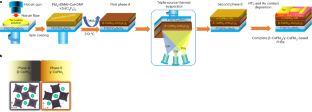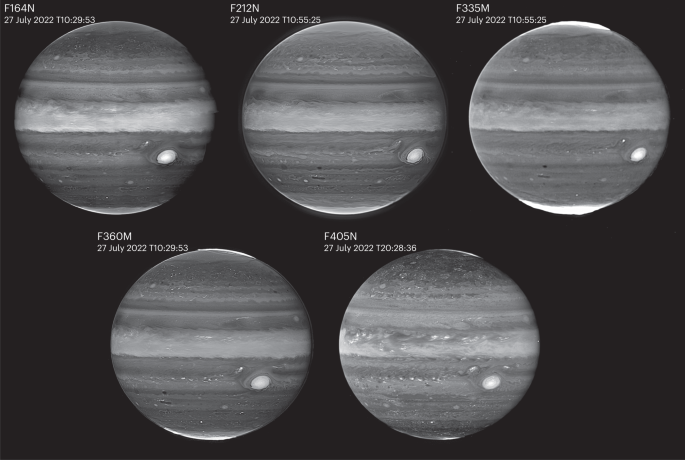2023-10-19 ペンシルベニア州立大学(PennState)
◆研究者たちは、セシウム鉛ヨウ化物などの無機ペロブスカイト材料を組み合わせ、相ヘテロ接合を形成することで変換効率と安定性を向上させました。この方法により、太陽電池の効率向上と安定性確保が実現し、次世代の太陽電池モジュールの開発に可能性が広がりました。
<関連情報>
- https://www.psu.edu/news/research/story/scientists-develop-new-method-create-stable-efficient-next-gen-solar-cells/
- https://www.nature.com/articles/s41560-023-01310-y
相ヘテロ接合型無機ペロブスカイト太陽電池の効率が21.5%を突破 Phase-heterojunction all-inorganic perovskite solar cells surpassing 21.5% efficiency
Sawanta S. Mali,Jyoti V. Patil,Jiang-Yang Shao,Yu-Wu Zhong,Sachin R. Rondiya,Nelson Y. Dzade & Chang Kook Hong
Nature Energy Published:31 July 2023
DOI:https://doi.org/10.1038/s41560-023-01310-y

Abstract
Making organic–inorganic metal halide-based multijunction perovskite solar cells either by solution processes or physical techniques is not straightforward. Here we propose and developed dimethylammonium iodide-assisted β−CsPbI3 and guanidinium iodide-assisted γ−CsPbI3 all-inorganic phase-heterojunction solar cells (PHSs) by integrating hot-air and triple-source thermal evaporation deposition techniques, respectively. Incorporating a (Zn(C6F5)2) molecular additive and dopant-free hole transport layer produces a 21.59% power conversion efficiency (PCE). The laboratory-to-module scale shows 18.43% PCE with an 18.08 cm2 active area. We demonstrate that this additive-assisted β−γ-based PHS structure exhibited >200 hours of stable performance under maximum power tracking under one sun illumination. This work paves the way towards dual deposition techniques for PHS with important consequences not only for all inorganic but also for other halide perovskite compositions.



